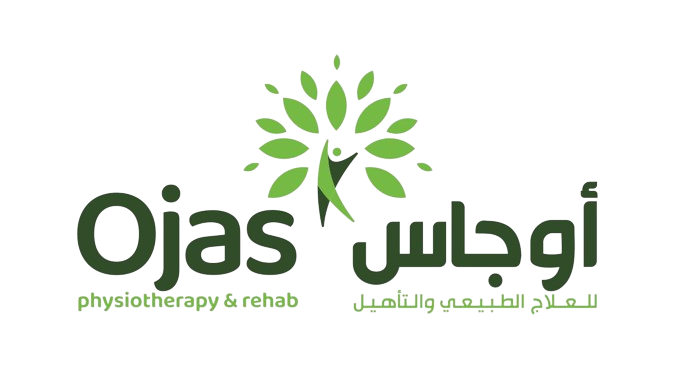Sports injuries are a common occurrence among athletes of all levels, from weekend warriors to professional athletes. Whether it’s a sprained ankle, a strained muscle, or a more serious injury like a torn ligament, proper management is essential for a speedy recovery and a return to peak performance. Here are some valuable tips from physiotherapists on how to manage sports injuries effectively:
- Rest and Protect the Injured Area: Immediately after sustaining a sports injury, it’s important to rest and protect the injured area to prevent further damage. Avoid putting weight on the injured limb or engaging in activities that aggravate the injury. Use supportive devices like crutches, braces, or splints as recommended by your physiotherapist to stabilize the injury and promote healing.
- Apply R.I.C.E. Therapy: The R.I.C.E. acronym stands for Rest, Ice, Compression, and Elevation, and it’s a widely recommended approach for managing acute sports injuries. Rest the injured area to prevent further stress on the tissues. Apply ice packs wrapped in a towel to reduce pain and inflammation. Use compression bandages to support the injured area and minimize swelling. Elevate the injured limb above heart level to promote drainage of excess fluid and reduce swelling.
- Seek Professional Evaluation: It’s important to seek professional evaluation from a physiotherapist or sports medicine specialist following a sports injury. They can assess the extent of the injury, provide an accurate diagnosis, and develop a personalized treatment plan tailored to your specific needs. Early intervention and appropriate management can help prevent complications and promote a faster recovery.
- Follow a Rehabilitation Program: Once the acute phase of the injury has passed, your physiotherapist will design a comprehensive rehabilitation program to facilitate healing and restore function. This may include a combination of exercises, stretches, manual therapy techniques, and modalities such as ultrasound therapy and shockwave therapy. Stick to your rehabilitation program diligently and communicate any concerns or progress to your physiotherapist for adjustments as needed.
- Gradual Return to Activity: As you progress through your rehabilitation program and the injured area begins to heal, your physiotherapist will guide you through a gradual return to activity. Start with gentle exercises and gradually increase intensity and duration as tolerated. Listen to your body and avoid pushing through pain or discomfort, as this could lead to re-injury.
- Preventive Measures: Once you’ve recovered from a sports injury, it’s important to take preventive measures to reduce the risk of recurrence. This may include proper warm-up and cool-down routines, strength and flexibility training, using appropriate protective gear, and practicing proper technique during sports activities. Regular check-ups with your physiotherapist can also help identify and address any underlying issues to prevent future injuries.
By following these tips from physiotherapists, athletes can effectively manage sports injuries, promote healing, and minimize the risk of long-term complications. Remember to prioritize your health and well-being, and don’t hesitate to seek professional guidance if you experience any sports-related injuries or concerns.
